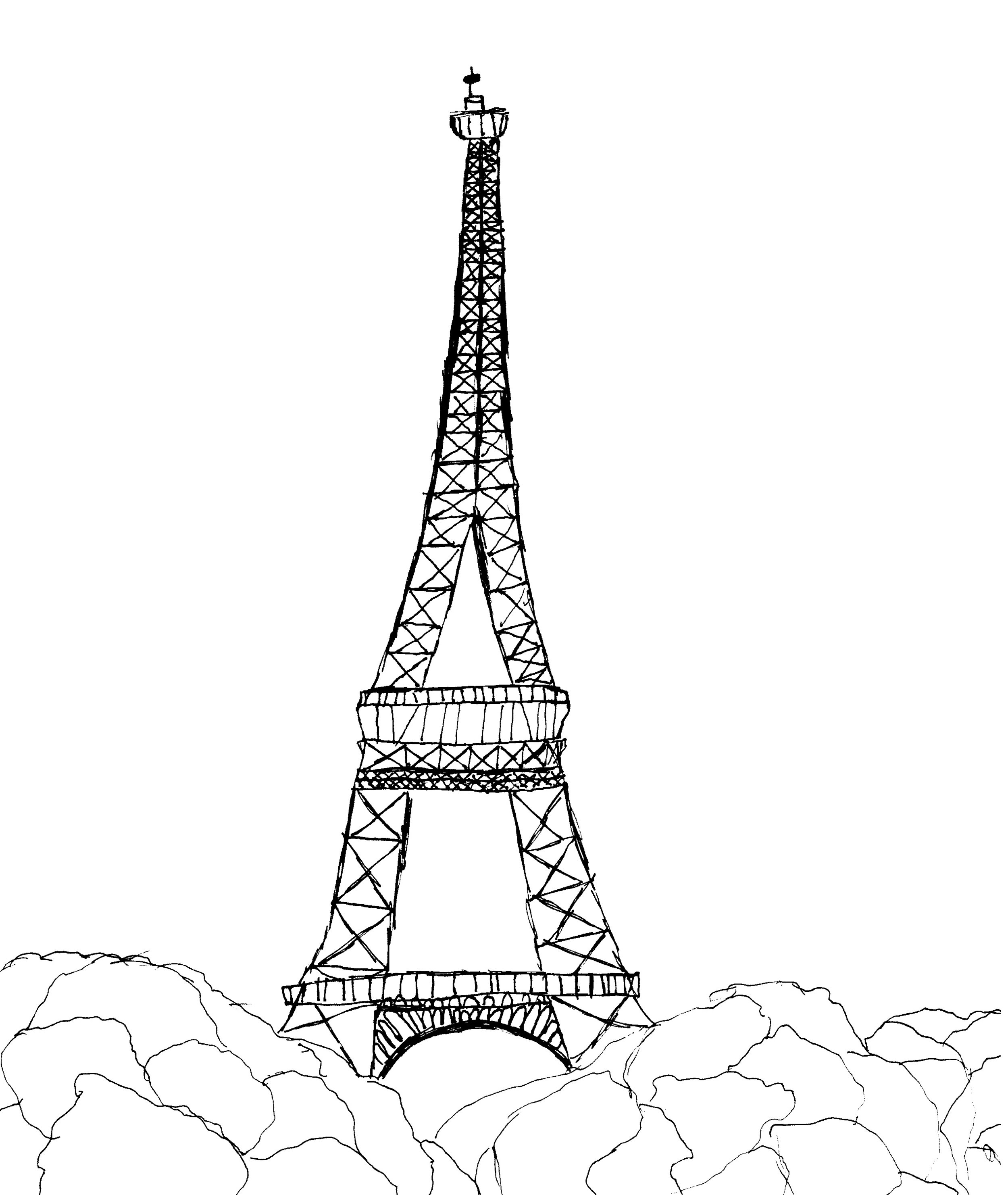Masks of Côte d’Ivoire
Map of Côte d’Ivoire (derived from United Nations map). Image source: Wikimedia Commons
The cultural diversity of Côte d’Ivoire, a country of 30 million people in West Africa, stems from its long history as an important center of trade. Berbers and settlers from a succession of West African empires (Ghana, Mali, Songhai, Kong, Wassoulou/Mandinka) crossed from the edges of the Sahara Desert toward the forests of modern-day southern Côte d’Ivoire with a variety of goods and the teachings of Islam. About ¾ of the nation’s inhabitants are Ivorian, 20% come from nearby countries such as Burkina Faso, Guinea, and Liberia, and a small percentage have moved from countries outside of Africa, primarily Lebanon and France. Within the Ivorian population are people of many ethnic groups and subgroups including the Baoulé, Dyula, Kru, Senufo, and Dan/Yacouba. Although French is the nation’s official language, Ivorians speak nearly 80 languages that vary by region reflecting the mélange of people and cultures that make up the nation.
Handmade masks are important elements of traditional culture among many Ivorians. Masks honor ancestors, are used in storytelling that transfers knowledge and history from generation to generation, are believed to ward off evil and disease, and represent character traits and cultural values such as strength and social harmony. Unlike many Eurocentric cultures where masks serve as a disguise or imply a sinister note, Ivorian masks generally are a key element of transformative attire that the wearer dons to represent and commune with other beings, embodying spiritual links among past and present.
Kponungo Gbon funerary mask (Senofu). Image credit: The Children's Museum of Indianapolis, CC BY-SA 3.0, via Wikimedia Commons
Various types of natural materials are used to fashion an Ivorian mask. Most often but not exclusively, the principal part of a mask is made of carved and painted wood. Some masks are made of or include features sculpted from gold or brass. Others are adorned with shells, raffia, rope, straw, and/or feathers. Fabric, often brightly colored, is incorporated into some masks. The size of a mask can vary greatly, from one that just covers the face to a headdress that reaches several feet in height. When a mask maker finishes a creation, an elder of the community performs a ritual to summon a spirit to inhabit the mask, which will be transmitted to its wearer. Elders will also conduct ceremonies to relieve spirits from masks that will no longer be used.
The Baoulé, one of the largest ethnic groups within Côte d’Ivoire, principally live in the central/southern part of the country and are known for their artistic skills in making masks and sculpture. The two types of masks are ‘kpan’, with humanlike features, and ‘kple kple’, which are used in times of danger and for funerals. Masks are made for specific reasons such as a dance to conjure up protection and strength (bonu amuen), a woman’s funeral that commemorates her beauty and age (gba gba), and a way to honor a revered member of the community (mbolo). The most prominent festival, Goli, features a full day and night of music and dancing to celebrate community values or a significant event involving a notable person, such as a visit or funeral. Pairs of dancers appear in succession, clothed and masked to indicate different elements of society while showing respect for animal spirits and ancestors.
In the north of Côte d’Ivoire, the Senofu people honor the bravery, stealth and strength of the panther and mark the maturity of boys into adult men with the Boloye, or Panther dance. Boys have been prepared to spend time alone in the forest while facing its dangers to show that they have reached adulthood. The masks, costumes, and movements of the Boloye dance do not just pay homage to the characteristics of the panther that the young men call upon during their rite of passage; the dancers are figuratively transformed into acrobatic panther-like beings.
Zaouli dancer in Bouaké, Côte d’Ivoire. Image credit: Zenman, CC BY-SA 3.0, via Wikimedia Commons
A more recent but revered tradition has been observed by Guro communities in central Côte d’Ivoire since the middle of the 20th century. Legend holds that the Zaouli dance was inspired by the beauty and grace of a young woman named Djela Lou Zaouli. However, it is performed by a male dancer clad from head to toe whose mask is initially covered while being led to the circle where the dance will take place. As the music begins, the covering is removed to show the dancer’s mask and he starts to move with increasingly rapid, improvised steps. Different masks contain figures that represent community values or events that the audience will recognize, promoting the dance as an expression of unity and method of bringing good fortune to the village.
As each year draws to a close, the Fêtes des Masques is held near Man in the west-central region of Côte d’Ivoire. Individual villages have long held their own mask festivals to commune with the spirits of ancestors and summon their wisdom and guidance. The Fêtes des Masques brings a multitude of people together for music, dance, traditions, and good-spirited competition among dancers. Notably, the festival’s name indicates the importance of masks throughout the event. Masks facilitate their wearers’ spiritual connection with the ancestors who lived and passed down stories, rituals, and culture.
Jeu de français
Familiarize yourself a little more with West Africa by finding 17 relevant words in the game below.
Subscribe to our newsletter to receive Art de vivre posts, information about courses, Conversation Café, special events, and other news from l’Institut français d’Oak Park.




